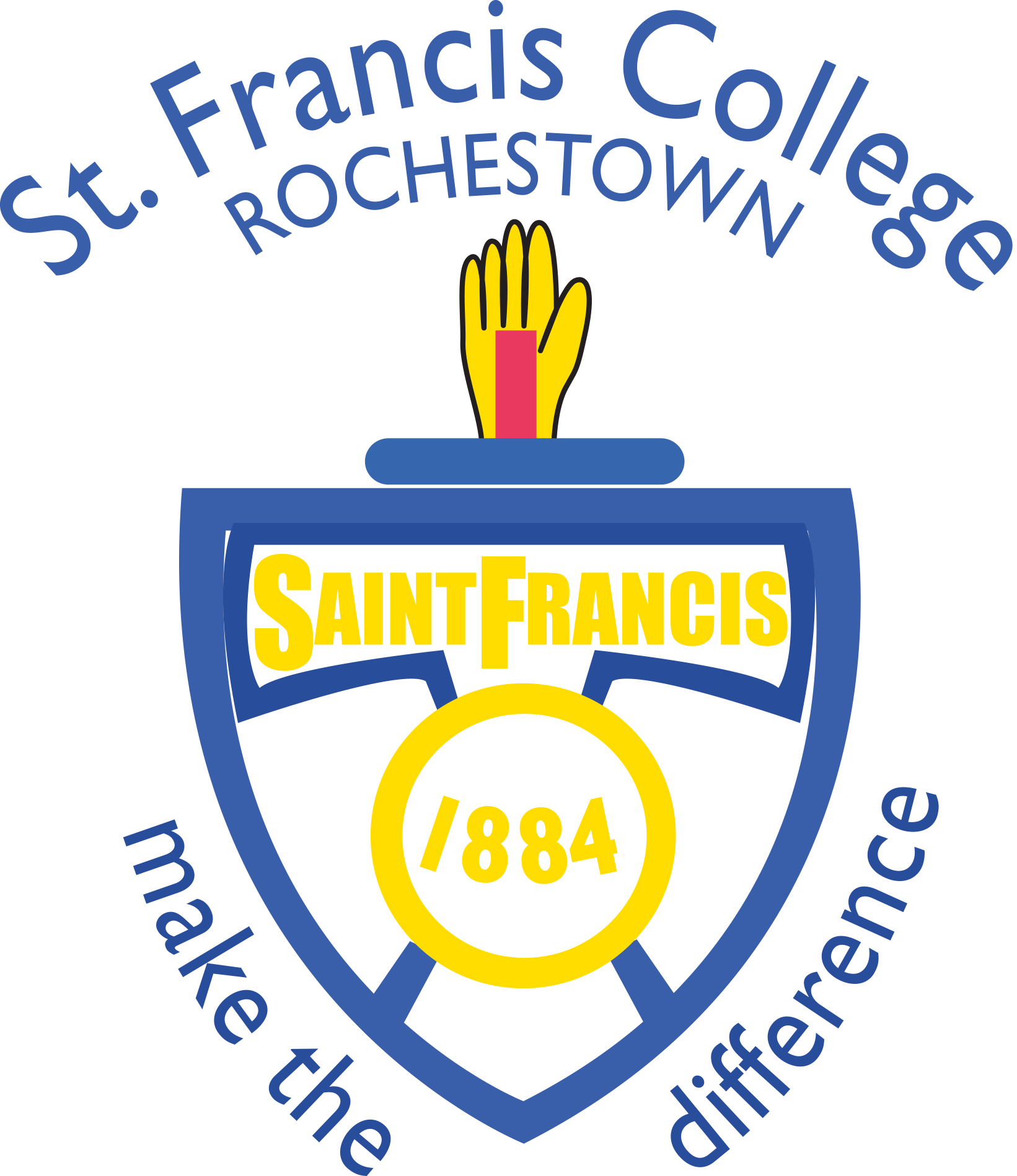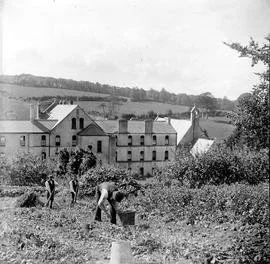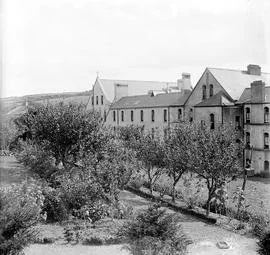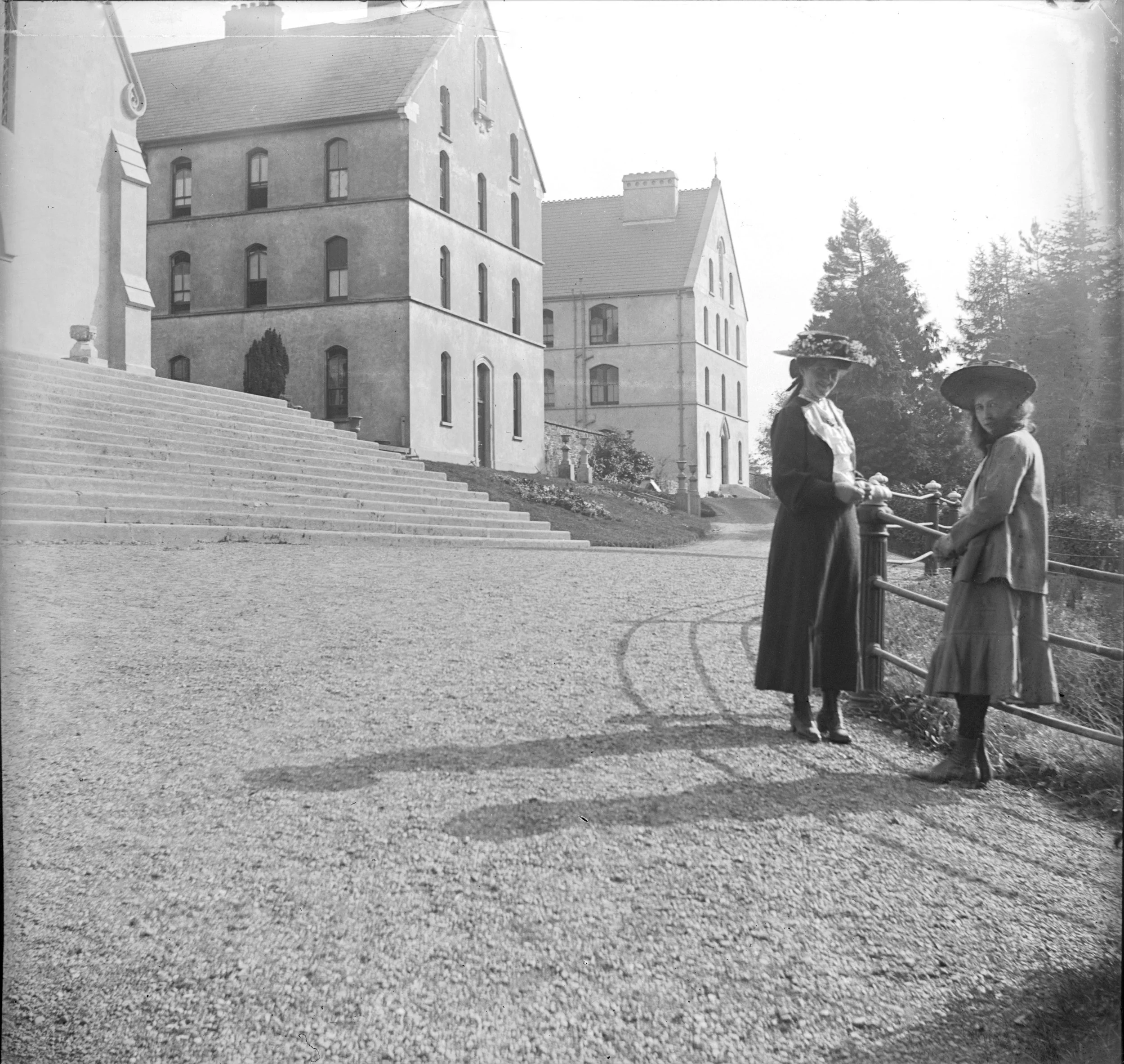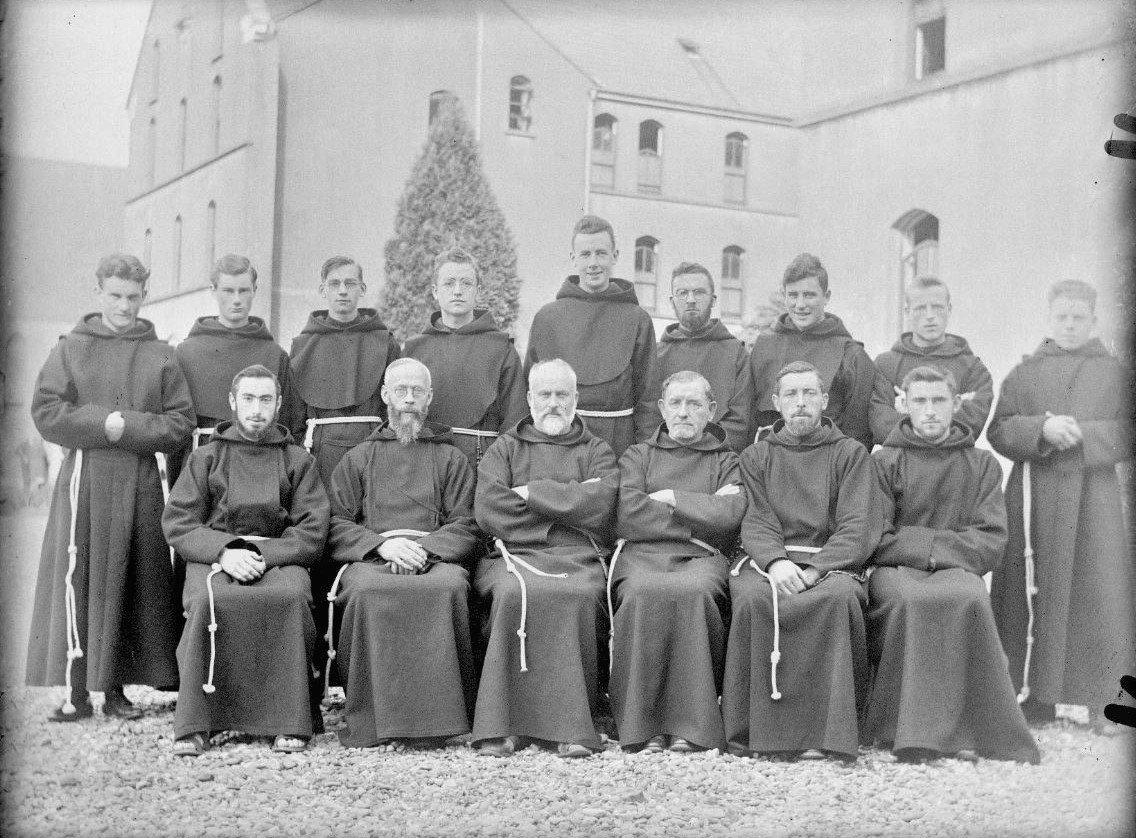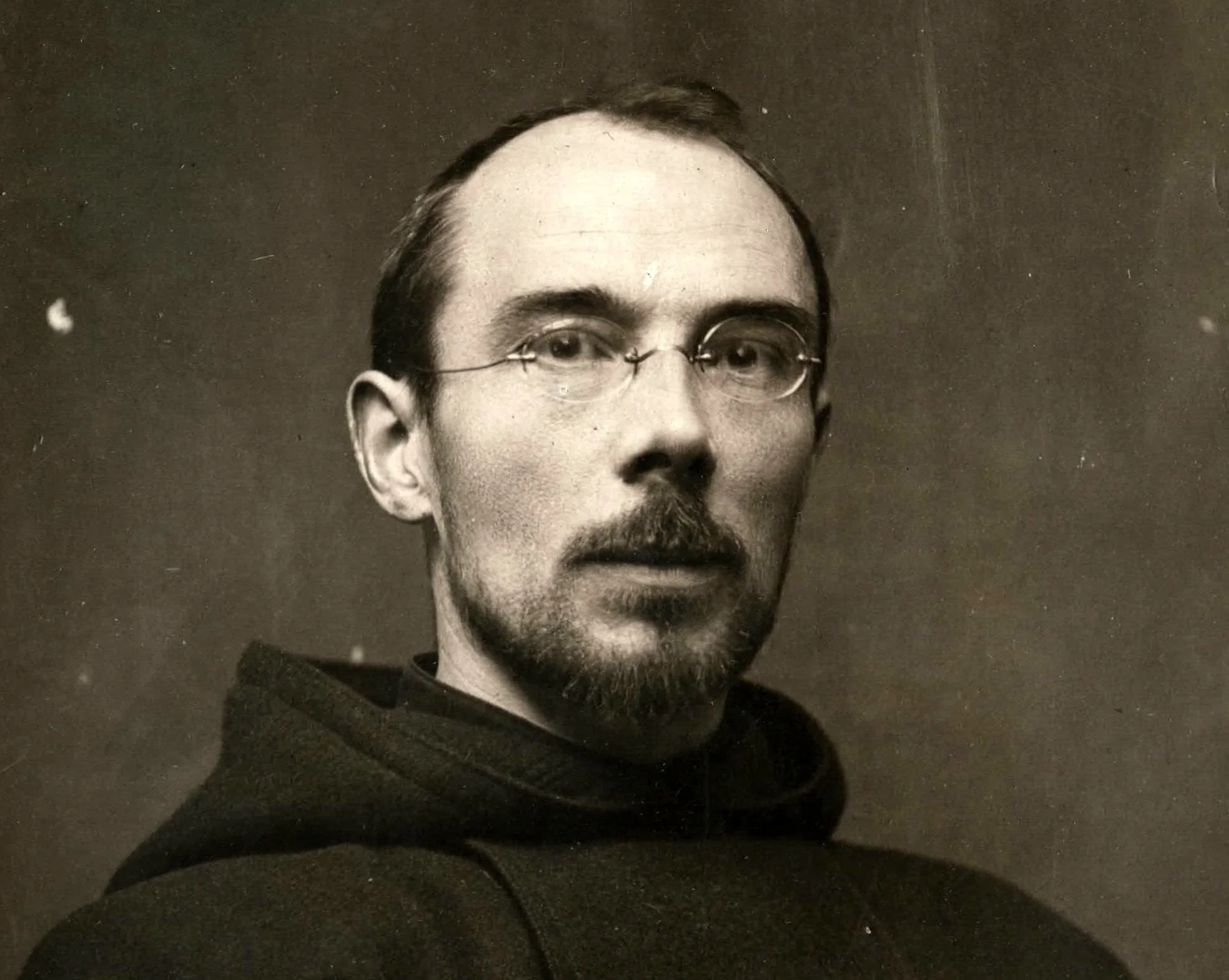St. Francis College, Rochestown 1884-2006.
Written by the late Fr. Gilbert Bermingham and adapted and updated by Fr. Bryan Shortall.
In the beginning, the Capuchin presence at Rochestown had been a centre of training for young Capuchins. Not only has the original “Seraphic School” been housed there, but the Capuchin Clerical students of Philosophy and Theology had received their educational training there initially. In 1917, the students of Philosophy were transferred to the new University Hostel, St Bonaventure’s, at O’Neill-Crowley (Victoria) Cross in Cork. Then, in 1931, the students of Theology went to Ard Mhuire, Donegal where the Order had just opened a house at Creeslough, just 20 miles beyond Letterkenny. The Novices, who had gone to Ard Mhuire initially in January, returned to Rochestown in September in a reversal of the plan. From that year until late in the 1960s the friary remained as a Novitiate house although it possessed a separate identity from the adjoining College. In 1970, under pressure from an expanding enrolment, resulting from Government free education (1966), the College began physically to take over the friary space.
The Business of Attracting Vocations to the Order
Since the opening of the Novitiate in 1875, about 34 Postulants (the first year of Capuchin training) had been received in to the Order, but there was no regular plan whereby vocations could be encouraged and fostered. Fr. Seraphin of Bruges, who was Superior of the Irish Custody was concerned about fostering vocations to the Custody in order for it to become a full Province of the Order. Fr. Seraphin returned to Ireland from a General Chapter of the Order in Rome with a plan to set up a school in which enrol boys who had vocations to join the Capuchins. On 22nd November, 1886 it was transferred to the new foundation at Rochestown, and the Novitiate returned to Kilkenny.
The Daily Life of the Pupils
The boys studied mathematics. Science, Latin, Greek, French, English and Irish on the curriculum, and in addition there was singing, elocution and games. From the time classes began at 8.30am until they retired at night – around 9pm – the boys spent about 9 hours between classes and study. During recreation they played hurling and football in the Church field. Otherwise they had walks in the surrounding countryside. The boys rose each day at 6.30am – except Sunday – and had morning meditation followed by Mass in the Friary Chapel. There were very few holidays during the year, certainly none at Easter. A yearly fee was decided as £20, but the actual amount was always determined by the circumstances in which the pupil lived.
More Growth
As time went on, applications for enrolment became so numerous that by 1898 it became obvious that extra accommodation was needed. There were two criteria for admission: firstly, the prospective pupil had to pass an examination, the standard of which was equivalent to 6th standard in National School; and secondly, he had to have the intention of joining the Order on completing his Leaving Certificate, so the primary purpose of the school was never forgotten. The progress of the school continued right through the early years of the century. The roll was full, extra facilities were added and a steady stream of boys went to the Novitiate.
Frs. Albert and Dominic
In the Capuchin Cemetary beside the College you will find the graves of Fr. Albert Bibby and Fr. Dominic O’Callaghan who were personally involved in ministering to the Men and Women Patriots of the 1916 rising. Together with Frs. Columbus, Augustine, and Aloysius, they heard confessions and administered the Last Sacraments of the Church to these people who were sentenced to death for their respective roles in the cause of Irish Freedom. Frs. Albert and dominic were sent to the new Irish Mission in Western America afterwards and they both died there. In 1958 their bodies were repatriated to Ireland and there was a State Funeral held in which President Sean T. O’Ceallaig and Taoiseach Eamonn De Valera, and other members of the Government were in attendance.
Fr. Albert Bibby
Other notable friars buried in the Capuchin Plot are Fr. James O’Mahony, who was a celebrated academic who won the prestigious Agrege en Philosophie from the University of Louvain. He was Professor of Philosophy in University College Cork until his death in 1962. Also buried there is Fr. Conrad O’Donovan who served as both Provincial Minister of the Order in Ireland and General Definitor (Counsellor) of the Order worldwide. Fr. Peter Dempsey, who died in 2004, helped to establish the Chair of Psychology at U.C.C. and was its first Professor until he retired in 1982. He was also one of the experts who helped to found what today is known the Irish Management Institute.
Changing Times
Numbers almost halved for the 1950-60 decade and it became worse in the following decade, but by then the shortage of vocations was becoming country-wide. Then, in the autumn of 1970, the Department of Education revealed its intention of committing the whole country to a new scheme of post-primary education with the inception of Community Schools. These schools would be capable of accommodating over 800 pupils, and would provide a comprehensive curriculum, and be equipped with the very latest educational facilities. While many traditional Secondary Schools redoubled their efforts to attract pupils to their style of education, inevitably, both the Voluntary Secondary Sector and the Community and Comprehensive Sector began to coexist, each with its own unique spirit. St. Francis College tried to remain true to the Spirit of St. Francis of Assisi.
The late Fr. Gilbert Bermingham, who had an association with the College stretching over 50 years, witnessed most of the changes in the Seraphic School and wrote about them thus: “Since 1970 renovations have been made to incorporate the friary with the school; so that now, the entire Rochestown building is known as “St Francis College”. Dormitories were converted into classrooms, 3 fully equipped laboratories, a biology lab and a computer room were opened, as well as the hurling and football pitch.” Extra facilities have been provided over the years, including in the 1980’s a modern sports hall. As the Old Church became for many years an Art Studio, the Capuchins opened a new public church, the ‘College Chapel’ and it was dedicated by the late Fr. Conrad O’Donovan, then Provincial Minister in 1962. The church hallway is adorned with “The Patrons of the Provinces” in stained glass made by in 1906 by Michael Healy and there is a large painting of St. Francis of Assisi by the celebrated artist Sean O’Sullivan.
Towards the Modern Era
It is no secret that St. Francis College went through some ‘lean times’ during the 1990s where the College had to compete with more schools in their quest to attract more and more pupils, and this lead to historical decisions being made by the Capuchin Order’s Provincial Council at the time. In 1998, the first Lay-Principal, Diarmuid O’Mathuna, was appointed and a new confidence came to the College about its future. To date, a lot of the College and its facilities have been refurbished and new windows have been installed to the front and back of the college. The good news is that the College has once again been put back back on the map with an annual intake of between 110 to 125 pupils. We featured in a very successful Dept. of Education Whole School Evaluation (2006) and so the future looks bright for St. Francis College, and this is due in no small measure to a whole school outlook, and the collaboration of Management, Staff, Parents, Students, Past Pupils, and good neighbours in the catchment area.
Diarmuid O’Mathuna
The Capuchin Community
The Friary
The community at Rochestown friary, while maintaining their involvement in the life of Rochestown College in both teaching and chaplaincy roles, are engaged in a variety of other interests and ministries. Art, music, teaching, questing, spiritual direction and translation (of Franciscan documents from Latin, Italian, French and Spanish into English) complement the life of prayer and fraternity followed by the friars.
In 2001, the Capuchin Community moved into a purpose built friary on the grounds of the complex, just behind and to the left of the College. It was constructed with facilities to cater for less-mobile and elderly friars. Formerly, the primary apostolate of the Capuchin Friars in relation to St. Francis College was Education but with a down turn in vocations and with the phasing out of the boarders in the early 1980s, the Friars are in a continual process of renewing the apostolate of Rochestown Friary. There are no longer many friars in teaching ministry in the College, however there are two friars currently engaged in Chaplaincy daily in the College, as well as two friars on the Board of Management. There are currently eight friars assigned to the Friary in Rochestown.
